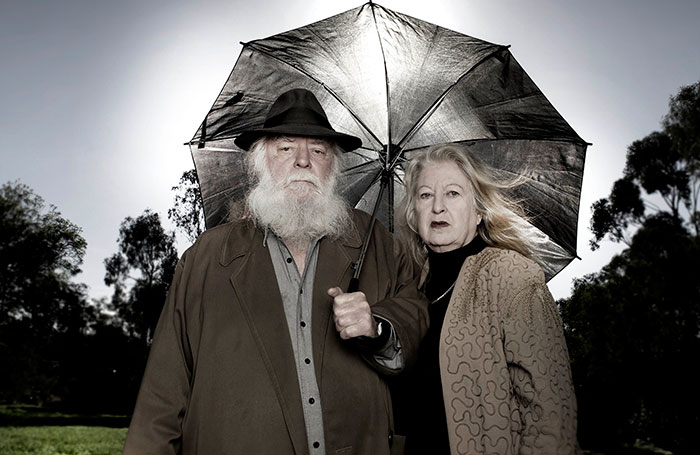A feature story for The Weekend Australian Magazine, published August 2016.
A family take shelter in a park; a couple head for the beach. One story ends in miraculous survival, the other in tragedy.

For the Aztecs of Mexico, lightning was a god in the guise of a dog, and when it split the ground apart it opened the way to the underworld. For Native Americans it was a “thunderbird”. For the ancient Finns it was a snake. Australia’s indigenous Mowanjum people in the Kimberley believed lightning originated from a Wandjina sky spirit. In the Judeo-Christian religion it’s a symbol of God’s immediate presence, or the last judgment, but it took the invention of the lightning rod, not the ringing of church bells, to stem the once common sight of churches being blown apart from the heavens. But if God’s ways are mysterious, the scientific explanation for lightning is only slightly less so.
Harald Richter, a meteorologist at the Bureau of Meteorology, gives a tour of a storm cloud. It’s seriously crowded inside a rapidly growing cumulonimbus cloud. Millions of ice crystals, supercooled water droplets (water that refuses to freeze even at temperatures up to minus 40°C) and tiny, mushy snowballs called graupel are going berserk, engaging in a sort of freezing feeding frenzy, whizzing around chaotically, colliding, sticking together and pulling apart, biting chunks out of each other. The cloud grows so dense that light can’t penetrate it. With every collision something vital happens: an electrical charge is exchanged. The heavier, negatively charged graupel make their way towards the bottom of the cloud, and the lighter, positively charged ice crystals wander up. This swarm of electrons at the bottom of the cloud repel the electrons on the ground, leaving the ground positively charged. Cloud negative, ground positive. Nature just wants equilibrium.
Read the full story, at The Australian.


